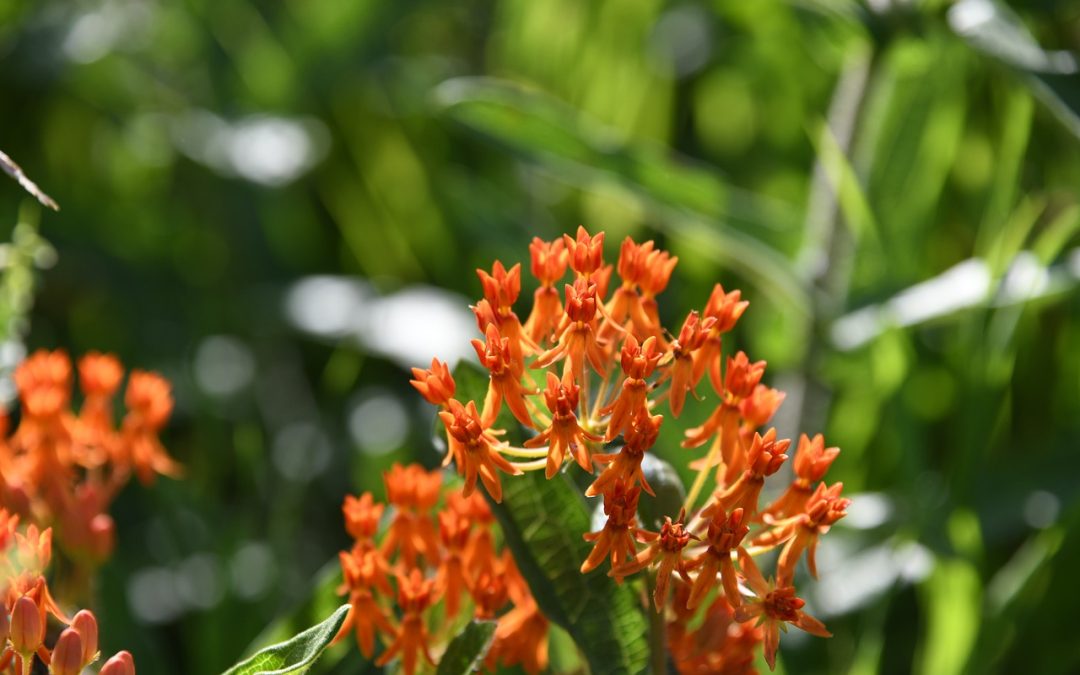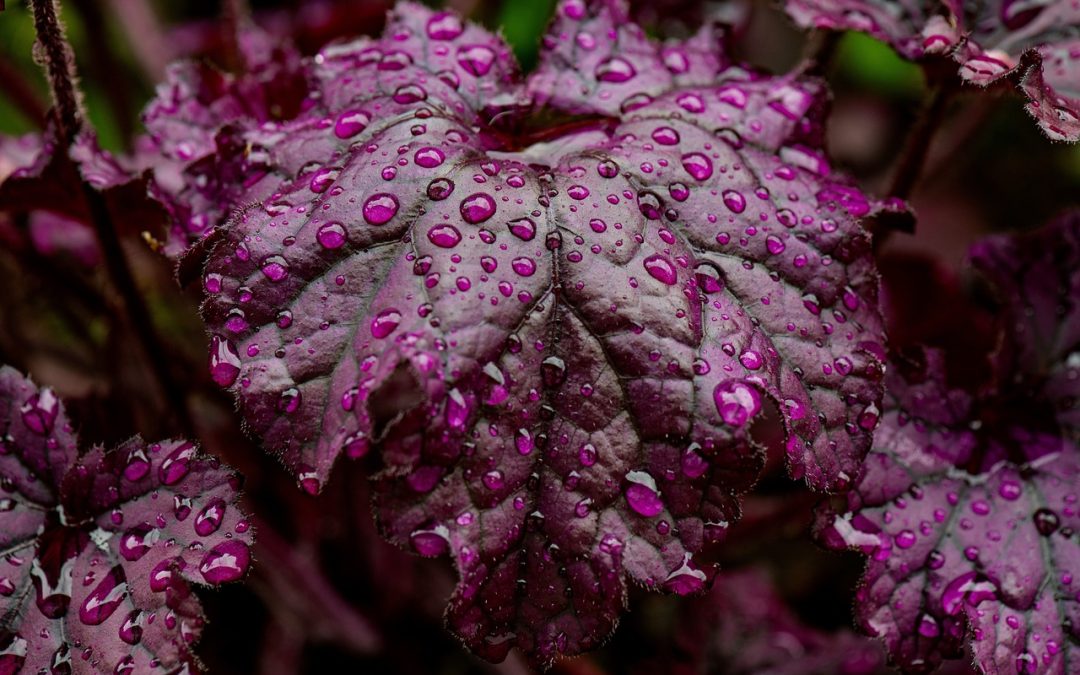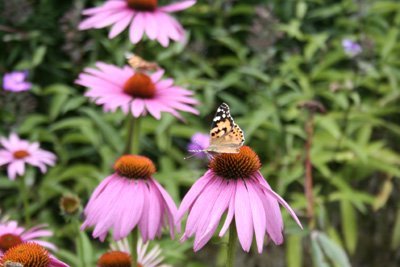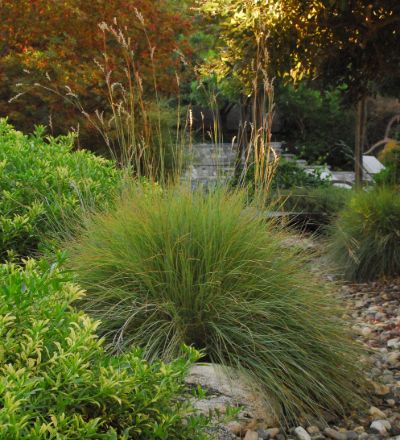
Butterfly Weed is a stunning perennial native to North America, perfect for Southeast Wisconsin gardens. Known for its vibrant orange blooms, this plant attracts a variety of pollinators, including butterflies, bees, and hummingbirds. Blooming from late spring through summer, Butterfly Weed adds a splash of color to any garden and provides essential nectar for monarch butterflies.
This hardy plant thrives in full sun and well-drained soil, making it an excellent choice for sunny borders and meadows. Butterfly Weed is drought-tolerant and low-maintenance, requiring minimal care once established. Its deep taproot helps it withstand dry conditions, and it can thrive in poor, sandy soils where other plants might struggle.
In addition to its ornamental appeal, Butterfly Weed plays a crucial role in supporting local ecosystems. It serves as a host plant for monarch butterfly larvae, providing food for caterpillars. By planting Butterfly Weed, gardeners can contribute to the conservation of these important pollinators.

Coral Bells are versatile perennials known for their stunning foliage and delicate flower spikes. These plants come in a variety of colors, including shades of green, burgundy, silver, and purple, making them a fantastic choice for adding texture and color to your garden. The bell-shaped flowers, which bloom in late spring to early summer, attract hummingbirds and other pollinators.
Coral Bells thrive in partial shade, though some varieties can tolerate full sun. They prefer well-drained soil and benefit from regular watering, especially during dry periods. These plants are also relatively low-maintenance, requiring only occasional deadheading and division every few years to maintain their vigor and prevent overcrowding.
In addition to their ornamental appeal, Coral Bells are excellent for ground cover, borders, and container gardening. Their foliage provides year-round interest, and they can be combined with other shade-loving plants to create stunning garden displays.

Purple Coneflower is a beloved perennial that is perfect for Southeast Wisconsin gardens. This hardy plant features large, daisy-like flowers with striking purple petals and prominent, spiky orange centers. Blooming from midsummer to fall, Purple Coneflower adds vibrant color to the garden and attracts a variety of pollinators, including butterflies and bees.
This plant is easy to grow and highly adaptable, thriving in full sun to partial shade and tolerating a range of soil types, including clay and sandy soils. Purple Coneflower is also drought-tolerant once established, making it an excellent choice for low-maintenance gardens. Regular deadheading can encourage additional blooms, extending the flowering season.
Beyond its ornamental value, Purple Coneflower has medicinal properties and is often used in herbal remedies. Its seed heads can also provide food for birds in the winter, making it a valuable addition to wildlife-friendly gardens. Incorporate Purple Coneflower into your garden for a splash of color and ecological benefits.

Little Bluestem is a native ornamental grass that brings year-round interest to Wisconsin gardens. This grass is prized for its slender, upright form and beautiful blue-green foliage that turns a striking red-orange in the fall. Little Bluestem also produces fluffy, silvery seed heads that catch the light beautifully and provide winter interest.
This grass is incredibly hardy and drought-tolerant, making it an ideal choice for the challenging conditions often found in gardens. Little Bluestem thrives in full sun and well-drained soil, but it can also tolerate poor soil conditions, making it a versatile addition to various garden settings. Its deep root system helps prevent soil erosion, making it a practical choice for slopes and banks.
In addition to its aesthetic and practical benefits, Little Bluestem supports local wildlife. It provides habitat and food for various bird species, and its dense growth can offer cover for small animals. Adding Little Bluestem to your garden not only enhances its beauty but also contributes to the local ecosystem’s health.

Blue Star Amsonia is a stunning perennial that thrives in the temperate climate of Southeast Wisconsin. This plant is known for its lovely clusters of star-shaped blue flowers that bloom in late spring to early summer, providing a striking contrast against its narrow, willow-like leaves. As the season progresses, the foliage transforms into a beautiful golden hue, adding interest to the garden well into fall.
This versatile plant is highly adaptable, thriving in both full sun and partial shade, and it prefers well-drained soil. Blue Star Amsonia is also drought-tolerant once established, making it an excellent choice for low-maintenance gardens. In addition to its aesthetic appeal, this perennial is resistant to pests and diseases, ensuring a healthy, vibrant addition to your landscape.
Incorporating Blue Star Amsonia into your garden can enhance its visual appeal while attracting beneficial pollinators like bees and butterflies. Whether used in mass plantings, borders, or as a specimen plant, Blue Star Amsonia is sure to become a favorite in your garden.





